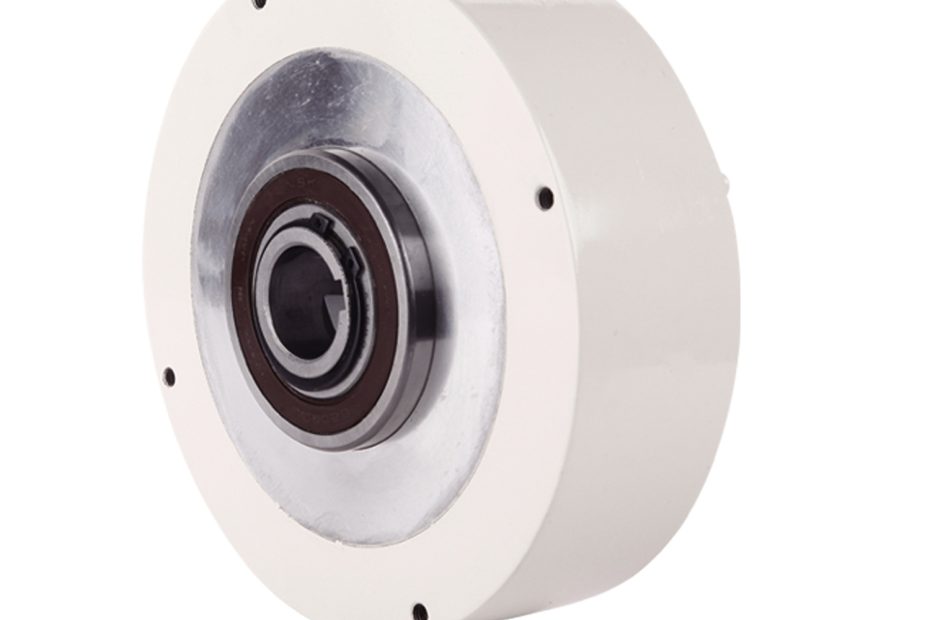Magnetic Particle Brakes play a pivotal role in various industrial applications, providing precise control over torque and ensuring smooth operations. Magnetic Particle Brakes are innovative braking systems that rely on the principles of magnetism to control torque. Unlike traditional brakes, they offer dynamic and adjustable braking, making them suitable for applications requiring accurate and instantaneous torque control.
Magnetic Particle Brakes:Structure and working principle
Magnetic Particle Transmission
At the core of Magnetic Particle Brakes lies the ingenious use of magnetic particles. These brakes consist of two main components: a rotor and a stator. The rotor is connected to the output shaft, while the stator surrounds it. The gap between these components is filled with magnetic particles, typically iron powder.
Torque Control Mechanism
When an electromagnetic field is applied to the stator, it induces magnetic flux, causing the magnetic particles in the gap to align with the magnetic field. This alignment creates a connection between the rotor and stator, transmitting torque. The strength of the electromagnetic field determines the level of torque transmitted, providing a highly adjustable braking system.
Variable Torque Output
One remarkable feature of Magnetic Particle Brakes is their ability to offer variable torque output. By adjusting the excitation current applied to the stator, operators can finely control the braking force. This dynamic control allows for precise adjustments to match the specific requirements of different processes.

Top 3 Applications of Magnetic Particle Brakes
Magnetic Particle Brakes find diverse applications across various industries, owing to their unique capabilities.
- Printing Industry : In the printing industry, these brakes are instrumental in controlling tension during web handling. The ability to make instant torque adjustments ensures a consistent and smooth material flow, enhancing print quality.
- Automotive Testing : Automotive testing equipment frequently employs Magnetic Particle Brakes for precise torque testing. The variable torque output enables accurate simulations of real-world conditions, contributing to the development of reliable and efficient vehicles.
- Material Testing Machines : In material testing, where precision is paramount, Magnetic Particle Brakes offer exceptional torque control. They enable researchers to conduct experiments with a high degree of accuracy, ensuring reliable results.
Advantages Over Traditional Braking Systems
Magnetic Particle Brakes present several advantages that set them apart from traditional braking systems.
Instantaneous Response
Unlike some traditional brakes that may have a delayed response, Magnetic Particle Brakes provide instantaneous and precise torque control. This feature is particularly beneficial in applications where quick adjustments are essential.
Energy Efficiency
The dynamic nature of Magnetic Particle Brakes contributes to their energy efficiency. The ability to tailor the braking force to the specific needs of a process minimizes unnecessary energy consumption.
Conclusion
In conclusion, Magnetic Particle Brakes offer a sophisticated solution for applications demanding precise torque control. Their unique working principles and versatility make them a preferred choice in industries where accuracy and reliability are paramount. From the printing industry to automotive testing, the impact of Magnetic Particle Brakes continues to shape efficient and advanced technological processes.
